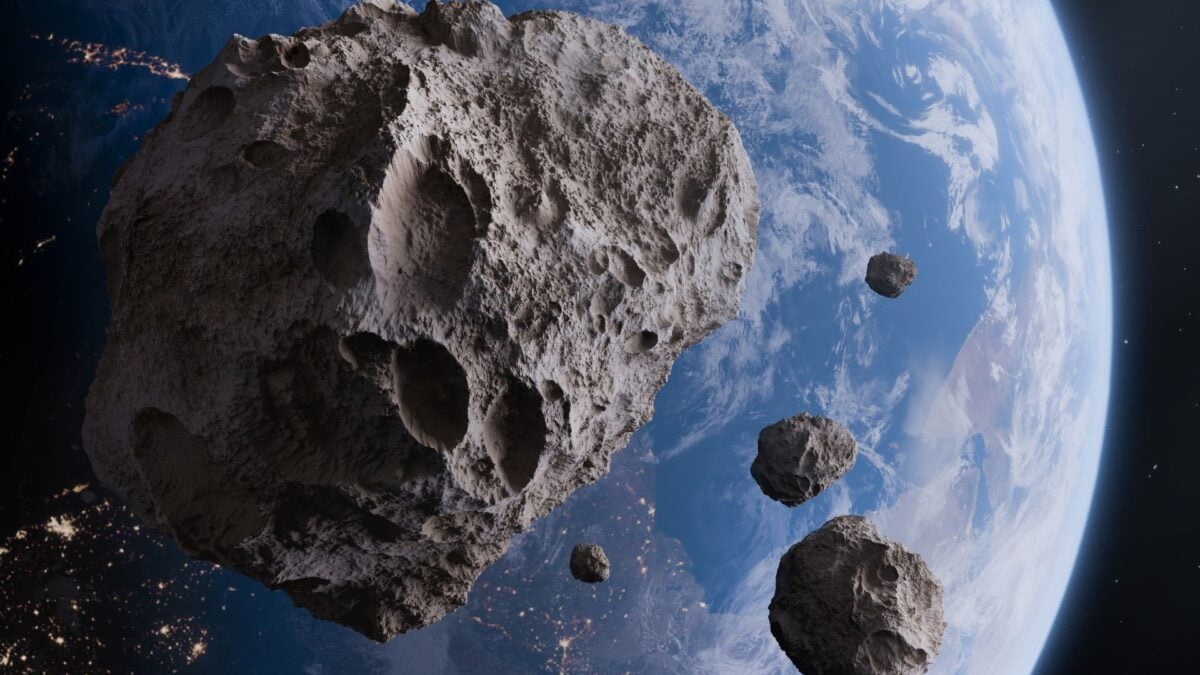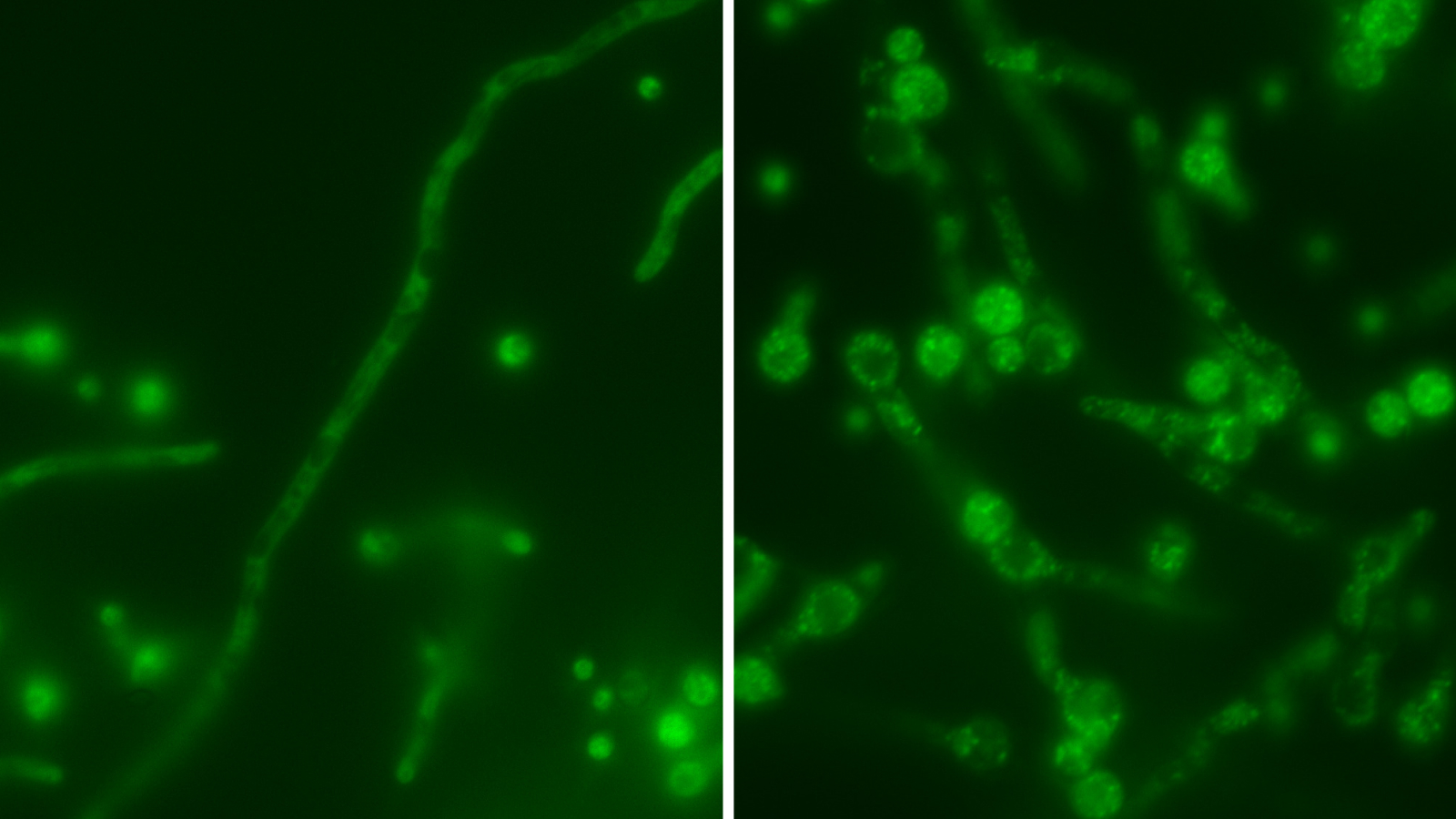By Passant Rabie
Copyright gizmodo

In September 2022, NASA deliberately crashed a spacecraft into an asteroid, successfully altering the space rock’s trajectory. The orbital shove demonstrated an asteroid deflection technique that could come in handy if a massive rock were headed in Earth’s direction. As it turns out, however, deflecting a potentially threatening asteroid is only half the battle.
Striking an asteroid for deflection purposes could send it back on a collision course with Earth, merely delaying the planet-shattering threat, according to new research presented at the Europlanet Science Congress meeting held last week in Helsinki, Finland. The findings suggest that slamming into the asteroid indiscriminately risks sending the space rock through a gravitational keyhole, a small region of space where a planet’s gravity can alter the orbit of a passing asteroid.
“If an asteroid passed through one of these keyholes, its motion through the Solar System would steer it onto a path that causes it to hit Earth in the future,” Rahil Makadia, a NASA research fellow at the University of Illinois at Urbana-Champaign, who presented the findings, said in a statement.
Hit the sweet spot
NASA’s DART mission (Double Asteroid Redirection Test) smashed into the asteroid moonlet Dimorphos to change its trajectory as it orbits around a larger rock, Didymos. The pair posed no threat to Earth, nor did altering Dimorphos’ trajectory. The spacecraft’s impact altered the trajectory of Dimorphos by about 32 minutes, successfully demonstrating kinetic impact as a planetary defense technique.
If an asteroid were on a collision course with Earth, then its trajectory following the impact should be considered, according to the new study. Instead of smashing into an asteroid willy-nilly, the researchers behind the recent study suggest aiming for the best spot. Using data gathered by the DART mission, the team developed a computational technique for mapping points on the surface of an asteroid with the least probability of sending the space rock into a gravitational keyhole.
To figure out where on the asteroid is the best place to strike, a planetary defense team needs to gather the object’s shape, surface, rotation, mass, and topology (craters or hills on the surface). From there, they can determine the subsequent trajectory of the asteroid in the aftermath of a kinetic impact and the safest spots to strike it.
“With these probability maps, we can push asteroids away while preventing them from returning on an impact trajectory, protecting the Earth in the long run,” Makadia said.



